Reimagining Procurement with Digital Transformation in FY 2024

Reimagining Procurement with Digital Transformation in FY 2024
The COVID-19 pandemic, long-standing skilled labour shortages, and recent geopolitical developments have disrupted the global supply chain. As a result, companies are adopting various strategies to overcome these challenges. A recent McKinsey report(1) found that 67% of businesses have adopted digital tools for end-to-end supply chain visibility, making them twice as likely to avoid disruptions caused by early 2022 supply chain disruptions. Therefore, the digitisation of procurement is emerging as the most effective one for building resilient supply chains.

While more than 60% of companies have fully embraced digital transformation in procurement, others still face significant challenges in adopting and implementing digital tools. This digital divide is a significant issue that needs to be addressed in procurement functions. Let us take a closer look.
The Digital Divide: Analysing the Need-Gap in Procurement
Access to critical decision-support information such as production statuses, inventory levels, capacities, forecasts, KPIs, and more can be delayed when data is siloed and disconnected in procurement functions. Procurement functions still face challenges such as:
- Fragmented and outdated processes
- Poor data management
- Inefficient supplier management
- Lack of visibility into spend data
To overcome these barriers, procurement teams need to be more agile, efficient, and responsive to changes in the market by embracing digital transformation.
From Paper to Pixels: The Benefits of Digitising Your Procurement
Let us look at some of the beneficial impacts of digital transformation on procurement:
Automating Procurement Processes
- Digitisation can help eliminate the manual, time-consuming tasks that procurement teams have daily, such as supplier onboarding, contract management, and purchase order processing.
- Automation can help reduce errors, increase speed, and free procurement professionals’ time to focus on more strategic tasks.
Improving Data Management
- Digital transformation can help improve data management by providing real-time visibility into spend data. This visibility can help procurement teams identify trends, reduce costs, and negotiate better contracts with suppliers.
- By leveraging big data analytics and AI, procurement teams can gain insights into supplier performance, risk management, and compliance, enabling them to make data-driven decisions.
Enabling Efficient Supplier Management
Digitisation can help procurement teams manage supplier relationships more effectively by providing real-time insights into supplier performance, risk management, and compliance. This can help procurement teams optimise their supplier base, improve supplier performance, and reduce supplier risk.
The Future of Procurement is Digital: Join the Journey in FY 2024
The rise of digital transformation has elevated procurement from a tactical function to a strategic one, empowering procurement teams to generate value for their organisations. By leveraging technology, professionals can effectively tackle bottlenecks in the procurement process.
At Moglix, our tailored digital solutions are designed to streamline the entire procurement cycle. Download this case study to discover how we helped a major chemical company overcome supplier fragmentation, limited MRO purchase visibility, and procurement price variation challenges. Our solutions delivered an 85% reduction in processing of transactions, POs, and invoices and a 5% savings in procurement costs.
Contact us today to learn how we can help you digitally transform your procurement strategy.
Additional Reading:
From Extraction to Innovation: The Future of Sustainable Mining
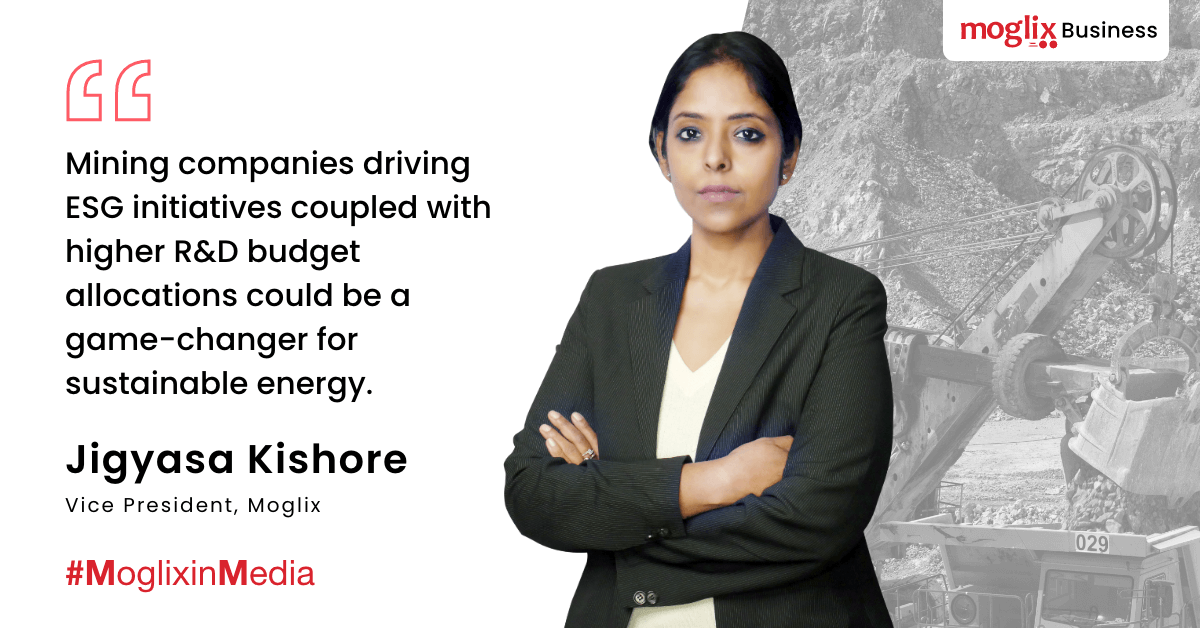
From Extraction to Innovation: The Future of Sustainable Mining
Europe faced one of the deadliest climate crises in 2022. The continent was hit by a merciless wave of heat, leaving its inhabitants struggling to stay cool and causing devastating consequences. The heat was so intense that it resulted in over 20,000 heat-related deaths, especially, senior citizens.
As our planet continues to experience soaring temperatures and alarming environmental crises, reducing greenhouse gas emissions has become a top priority.
DigitALL : Innovation in mining and start up ecosystem
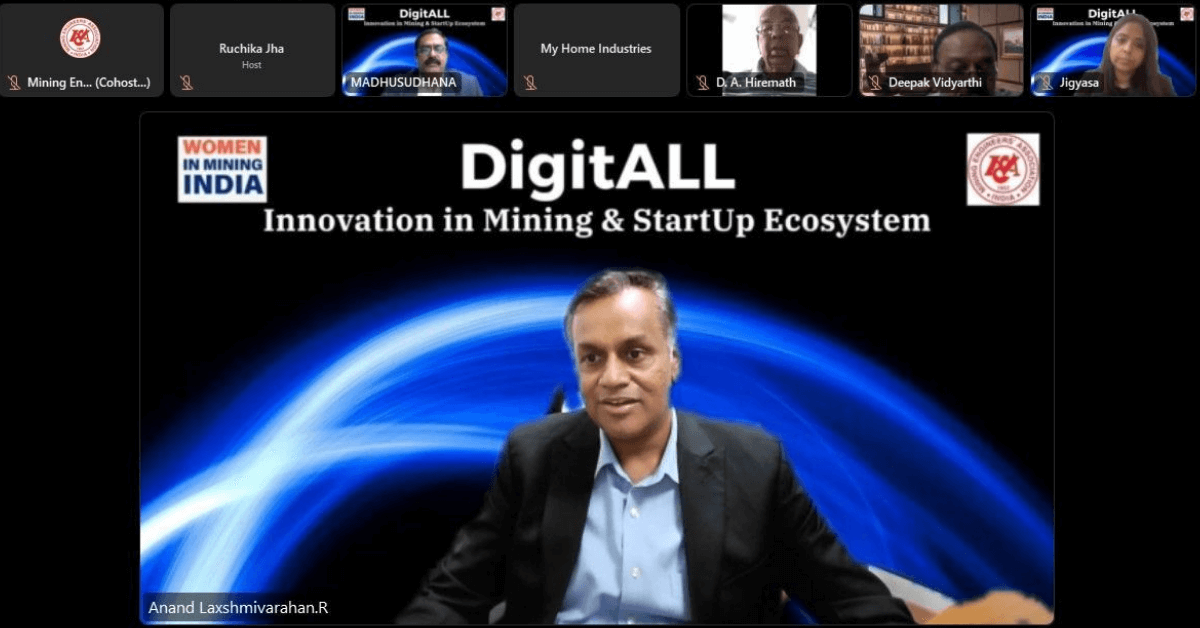
DigitALL : Innovation in mining and start up ecosystem
Date: March 28 2023
Organizer: Women in Mining India
About the Event: Ms. Jigyasa Kishore (Vice President, Moglix) recently shared her thoughts on ‘Innovation to revolutionize the Mining Industry’ at the third session of the online series ‘DigitALL – Innovation in Mining & Startup Ecosystem’ organized by Women In Mining India
SPARK WEBINAR

SPARK WEBINAR
Date: March 10 2023
Organizer: Moglix Business
About the Event: Moglix organised an annual SPARK webinar on ‘Building High-Performance Teams’ where we learnt the best practices and hacks from industry leaders.
13th Manufacturing conclave and MSME Excellence Awards

13th Manufacturing conclave and MSME Excellence Awards
Date: March 10 2023
Organizer: The Bengal Chambers
About the Event: Mr. Rishabh Agrawal, Senior Vice President, Credlix , recently shared his perspective on “Fin-Tech in Solving Credit Rating Digital Invoice Discounting – A Tool for Managing Working Capital ” at the 13th edition of The BCC&I Manufacturing Conclave and MSME Excellence Awards organized by The Bengal Chamber of Commerce and Industry in Pune.
G20-DIA program at KIITTBI, Bhubaneswar

G20-DIA program at KIITTBI, Bhubaneswar
Date: March 9 2023
Organizer: KIIT Incubator
About the Event: Mr. Abheet Dwivedi Dwivedi (Senior Director, Moglix) shared his perspective on the ‘Role of Corporates and Indian Digital Startup Ecosystem in Transforming Human Values across G20 Nations’ at the G20-DIA National Program in Bhubaneswar.
Andhra Pradesh Global Investors Summit

Andhra Pradesh Global Investors Summit
Date: March 3 2023
Organizer: CII
About the Event: Mr. Sandeep Goel, Managing Director, Moglix recently shared his perspective on ‘Fueling the Startup Engine for Growth – Priorities, Drivers, and Strategies for Andhra Pradesh’ at Andhra Pradesh Global Investors Summit 2023 held in Visakhapatnam.
AR for B2B E-commerce: The Future of Immersive Shopping
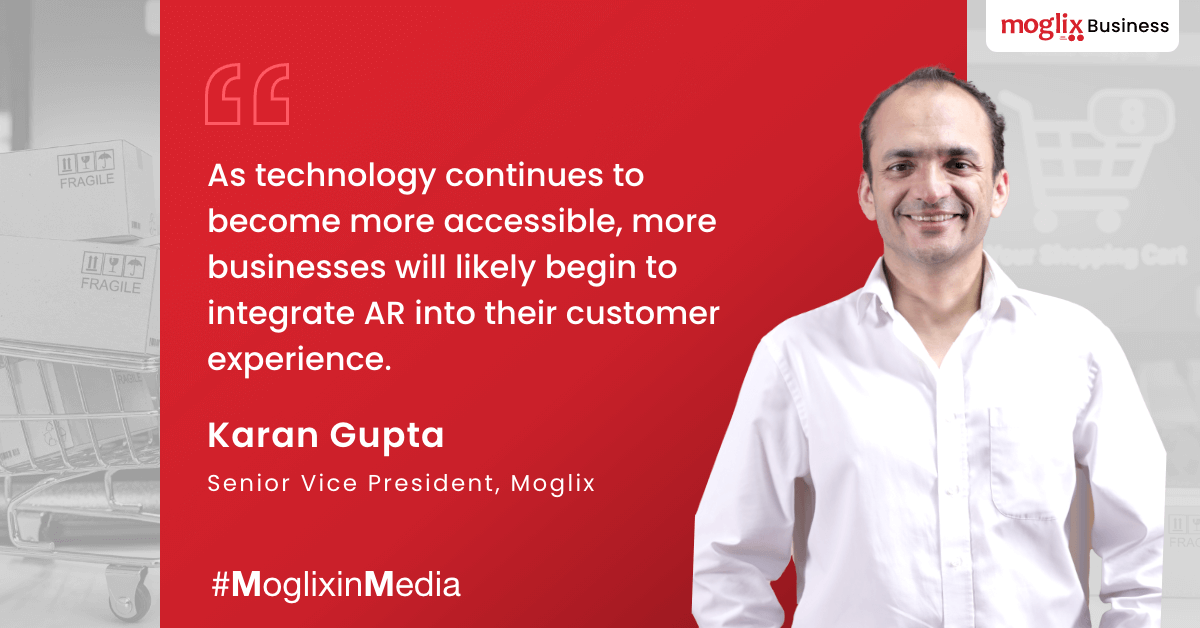
AR for B2B E-commerce: The Future of Immersive Shopping
In the post-pandemic world, direct-to-customer (D2C) businesses face a new challenge-adapting to the changing retail landscape. Augmented reality (AR) is emerging as a key technology solution for creating immersive shopping experiences.
This is particularly true in business-to-business (B2B) e-commerce, where AR-enabled virtual showrooms are becoming increasingly popular. It allows businesses to showcase their products and services to customers more immersively, even when they are not physically present.
The Impact of Gender Diversity on Traditional Industries: Insights from Jigyasa Kishore
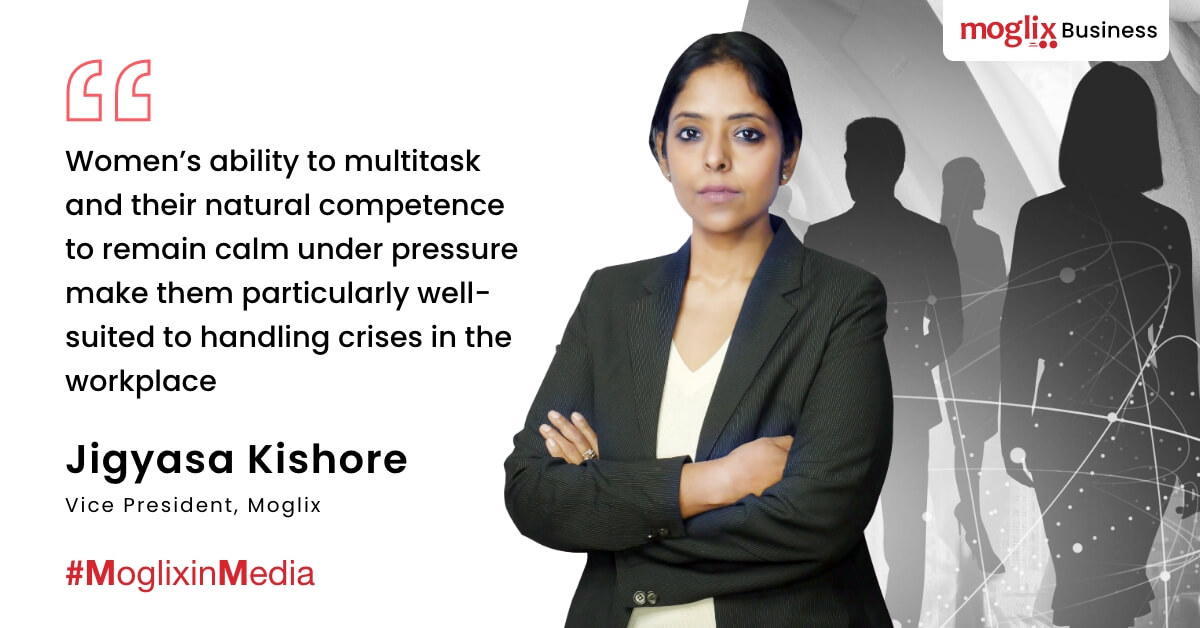
The Impact of Gender Diversity on Traditional Industries: Insights from Jigyasa Kishore
In conversation with Adgully, Jigyasa Kishore, Vice President, TAAS and Marketing, Moglix, stresses on leadership being a gender-agnostic concept, the belief in work-life continuum than work-life balance, and more.
How do you think the role and scope of women leaders have widened in the current market ecosystem?
Not much. On the surface, we see plethora of figurative changes, but the ground level reality is grim. Traditional industries such as manufacturing are still grappling with low level of female representation in the workforce.
Industrial Piping: Cautious Optimism for Sustainable Future.
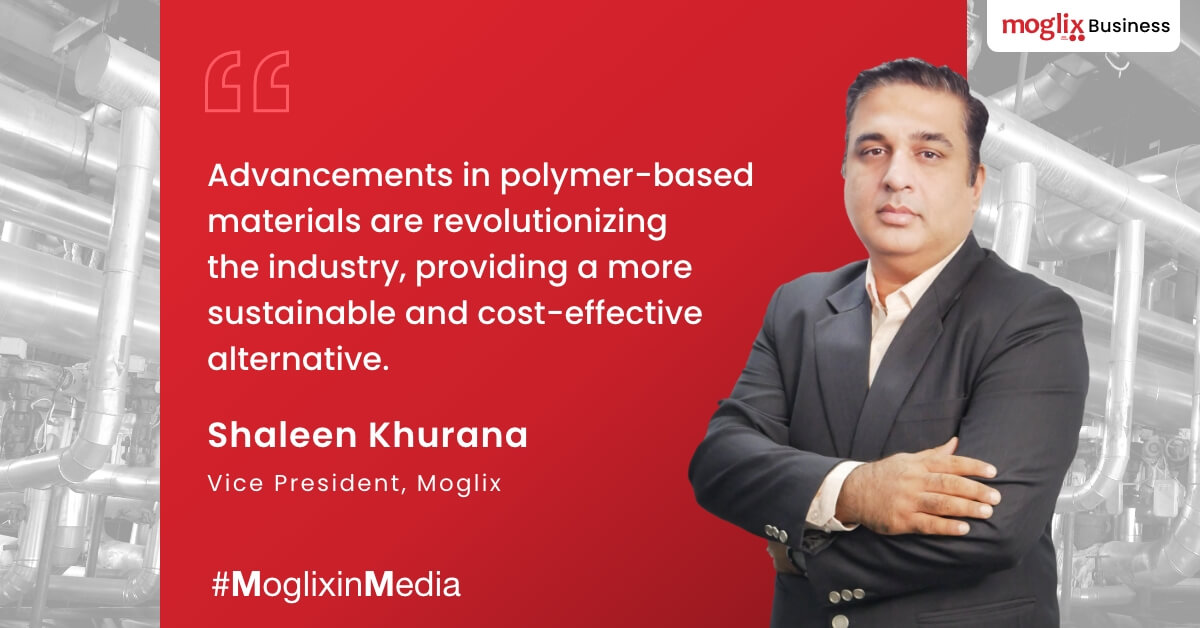
Industrial Piping: Cautious Optimism for Sustainable Future.
While the invention of wheel enabled man to travel from Point A to point B similarly invention of piping systems has eased the transportation of water, I oil, gas, and other resources critical to keep the economy functioning. Piping systems are a remarkable feat of engineering, designed to withstand high pressure, temperature, and corrosive substances. They serve as the lifeblood of many industries.
As the Indian economy continues to grow, industrial piping is expected to follow suit. With the Infra, retail and manufacturing push from GOI, piping demand is poised for a robust growth. (Indian Industrial piping market is growing at 4% CAGR with PVC pipes & fittings growing at a faster pace.
